I am looking for my research project a wrap (station) antenna. It is assumed that the antenna works in space (lunar) environment. The total dose for my device is 30 – 50 krad. Gain 3-5 dBi. Frequency is S band.
- Does anyone know of what the antenna should be made of?
- If an antenna operates in +40 to +85, can I use it or is it important material it made of?
- Fiberglass antenna, will be it work in lunar surface?
EDIT 1 Wrap station antenna. Omni
